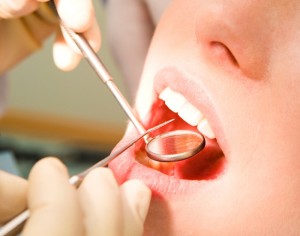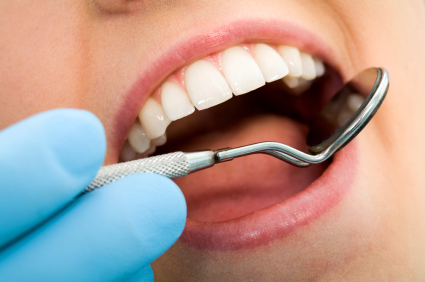These components are also called fixtures or endosseous implants. They are components that provide support for dental prostheses by interacting with the jawbone or the skull. These prostheses can be dentures, bridges, crowns, or others. The process of binding materials to bone is called osseointegration.
In the process, the dental implant is placed first into the bone. Then, the prosthetic is applied. However, some healing time is required before attaching the prosthetic because osseointegration needs to occur. Typically, a healthy person’s bones will integrate fastest. Also, some drugs can speed up or slow down the integration. The prosthetic and the fixture can be attached permanently or temporarily. In a fixed prosthetic, screws or cement are used to hold them in place. In a removable set-up, they are bonded with an adapter.
The Process
Applying a dental implant is a multi-stage process. The simplest process is replacing a missing tooth. The surgeon will make a simple incision in the gingiva. Gingiva is the official term for the gums. The tissue is removed to expose the jawbone. The surgeon then uses a drill to drill a hole in the bone. He or she will use gradually larger bits to enlarge the hole slowly. The hole in the bone is called an osteotomy. At this point, the dental implant is twisted into the bone. It needs to fit snugly so that it does not move and is completely surrounded by the bone. The surgeon then attaches a healing abutment and sutures the gums around the abutment.
Alternatives
This process described above is not the only method. There is also a technique for flapless surgery. The procedure of cutting the gingiva and reflecting it creates what is called a flap. As the name suggests, flapless surgery does not create this. Rather than raising a section of gums, a small amount of tissue is punched out. The removed tissue is, obviously, the size of the fixture to be placed.
Self-tapping fixtures create the threads to hold the fixture to the bone. Otherwise, the osteotomy has to be tapped for the threaded fixture. The fixture has to be thread into place very carefully at a very specific torque so as not to damage the bone. Too much pressure can overstress the bone and cause it to die. The death of bone is called osteonecrosis.
The fixture can be fixed with a healing abutment that is then completely surrounded by the gums. The healthy gingiva encourages healing. Alternately, the fixture can be buried. A cover screw seals the top of the fixture, and the gingiva covers it. This requires a second incision at a later date to uncover the original surgery site.
As you can see, there is more than one way to perform this surgery. Go visit their website to make an online appointment.


